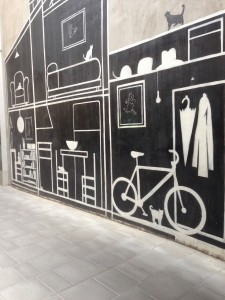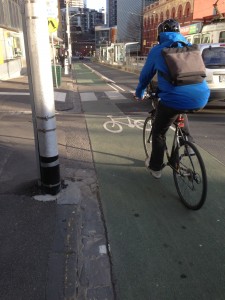This class focused on the Presentation our tutor was giving us. Below are some points that he raised about online documentary.
Online documentary is going to adapt, and it has demonstrated an increasing attention to interface and user experience design as dynamic structural elements. A documentary designer is broken into four groups: Interactive Media, Affordances, Web of relations, and design methodologies. The designer brings a unique way of looking at problems and finding solutions.
Interactive Media:
-When you create a documentary you are engaging in a process that is actively rethinking the project, where they make content for “lean-forward” users. The designer will come up with strategies of what is being designed and produced, as the tools are not permanent and fixed, they are constantly changing. Practices of technology will have to be created, which involves being open to working with software, hardware and practices within other fields.
Affordances: Granularity, Remix, Indexing, Spatial Montage.
-The designer understands the affordances of the format they are working with in relation to the content, the user interface, and the digital platforms. They have the ability to determine what matters and doesn’t matter, and how these affordances will be made available. You need to be able to understand granularity as an affordance in relation to fragments of content, that is being created to work in a self-sufficient way. Designers will use indexing to form multiple relations between shots.
Web of Relations: Linear narrative, linear non-narrative, multilinear narrative and multilinear non-narrative (what we are working with this semester).
-Designers work within structures that may have no beginning, middle or end. The work may not be viewed entirely, but may have multiple viewings. You need to be able to refer to other structures, rather than the narratives that have historically been created in linear documentary.
Design Methodologies:
-Here, you work as a “reflective practitioner”, to reflect on what is made and use this reflection to inform what is made next. The research is often imbedded into the practice, because they will often need to explore new ground. You need to understand how to use sketches to iteratively explore possibilities, to probe and question options, make connections. They use prototypes in real world environments.
Dexterity: The ability to adjust to change.





